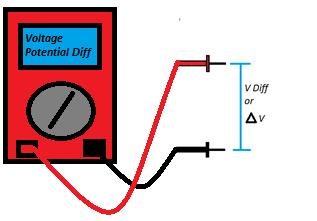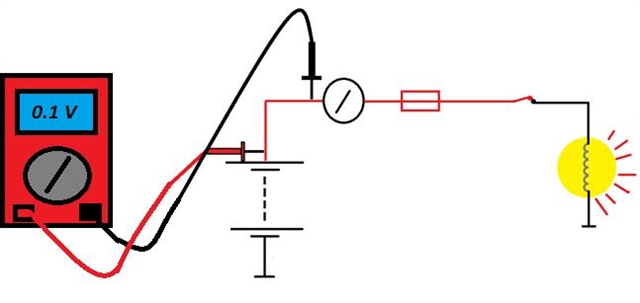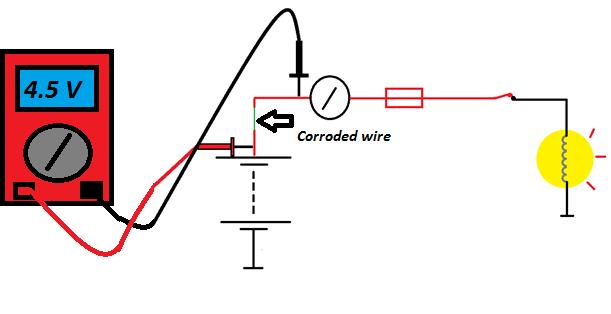By Damien Coleman
Modern vehicles can sometimes appear to be complex but troubleshooting most problems can be reduced down to applying simple logic to a specific circuit.
Where electrical faults are concerned, the basic physical laws of electricity are as applicable today as two centuries ago when physicists such as Georg Ohm, Michael Faraday and Alessandro Volta were creating the fundamental building blocks we now use when diagnosing vehicle-related problems.
Here is the first of five important tips to bear in mind when you're working on a job:
- Volt drop testing is the most accurate method to diagnose an electrical fault on a vehicle.
When measuring voltage drop, the meter will display the voltage (potential) difference between both leads. The placement of the meter leads is important when carrying out this test as results can differ depending on the test point.

It is important to note that the appropriate circuit should be “on”, i.e. for starter motor testing the engine should be cranking, and for headlight testing the headlights should be switched on.
Remember, there will not be a volt drop within the circuit if there is an absence of current flow.

The image above shows a volt drop of 0.1 volts between the battery’s positive terminal and terminal 30 of the ignition switch. This indicates a good connection and a marginal voltage drop between both points. Note that both test points in the circuit are at system voltage ≈12.6 Volts.

The image above shows the bulb now lighting dimly while the same test is being carried out. It can be noted that the display on the voltmeter is showing 4.5 volts, which is the difference between both test points.
This indicates the presence of an unintentional resistance in the wiring. This test would not be valid if the circuit wasn’t complete, i.e. if the switch was closed.
Click on the doors below to read the other tips.
Date posted: 11 December 2016